Tesla's Robotaxi: Reshaping a Trillion-Dollar Industry – A Deep Dive
![]() 06/30 2025
06/30 2025
![]() 515
515
It has been almost a year since Tesla ignited global curiosity about Robotaxi (self-driving taxis) with a press conference on August 8, 2024. Over the past year, we've seen a spectrum of developments: from initial limited deployments in cities like Austin to numerous "real-life encounters" on social media – hesitant maneuvers at complex intersections, challenges during adverse weather conditions, and direct "showdowns" with competitors like Waymo on city streets. 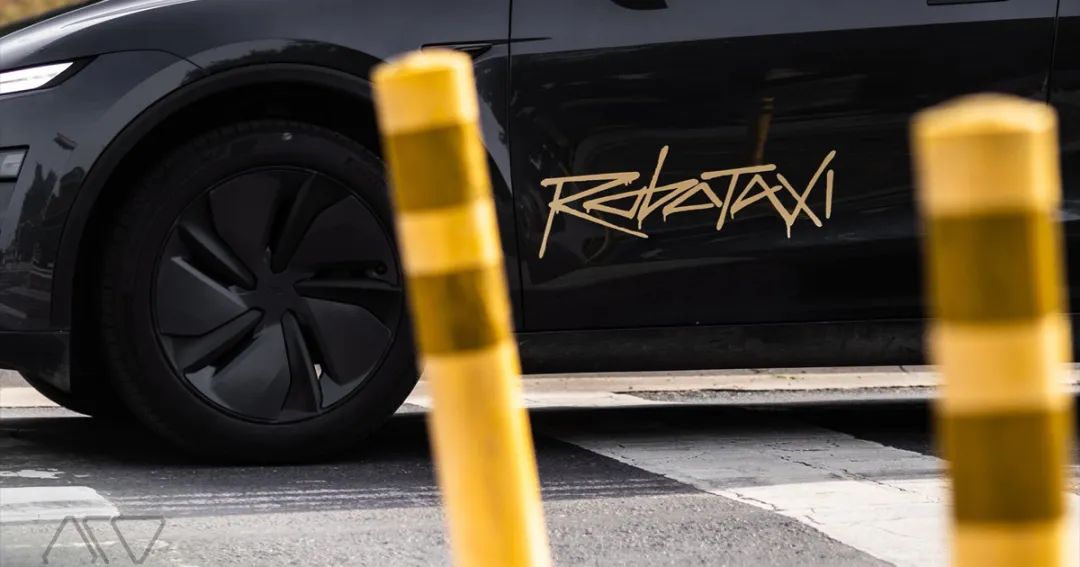
The grand vision of "disrupting transportation" and "revaluing assets" presented at the initial press conference has evolved into a multifaceted reality. Market enthusiasm has subsided, giving way to more profound questions. For decision-makers, investors, and entrepreneurs navigating this industrial wave, the inquiry is no longer "What is Robotaxi?" but rather, "When ideals clash with reality, what is the true progress of this trillion-dollar endeavor? After the initial excitement, how can we comprehend and navigate the "deep-water zone" challenges that ultimately determine success or failure?"
Three Revolutionary Visions Brought by Robotaxi
Tesla's Robotaxi captivates attention because it paints a highly disruptive future: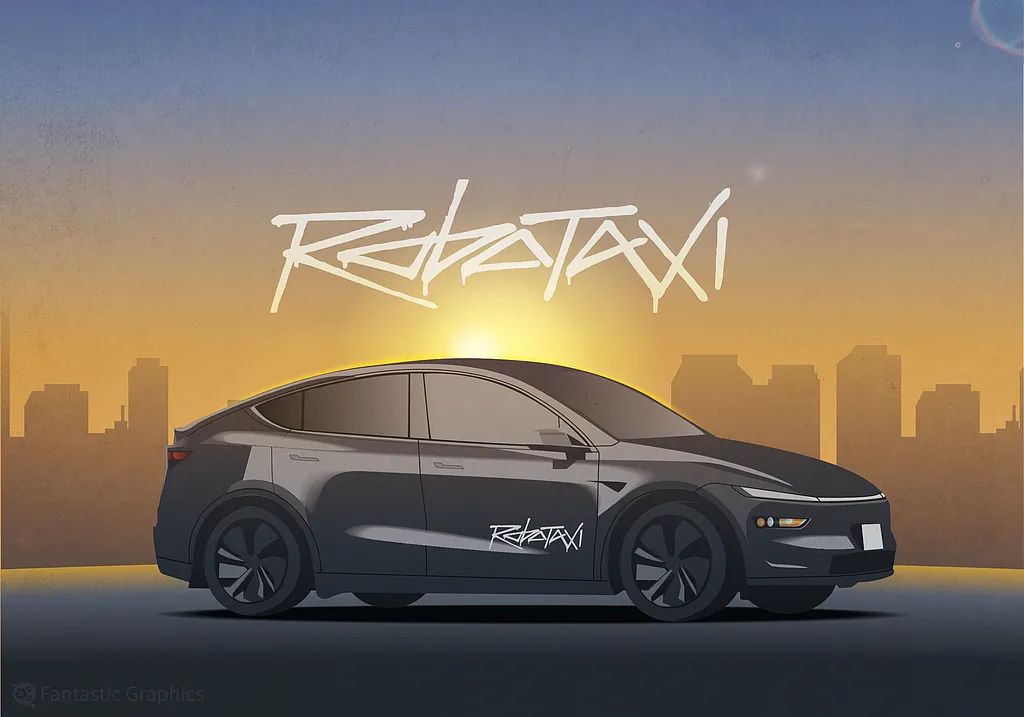
The Ultimate Vision of Mobility as a Service (MaaS): Musk envisions a future where cars' value will no longer hinge on horsepower or range, but on the daily service they provide. At that juncture, millions of Tesla owners can integrate their vehicles into a shared network during idle times, forming a vast decentralized transportation platform that could revolutionize Uber and the traditional taxi industry.
The Bold Bet on "Pure Vision" Technology: Unlike competitors like Waymo, which rely on costly LiDAR and high-precision maps, Tesla insists on a "pure vision" approach using only cameras and neural networks. If successful, its marginal costs would be extremely low, offering immense potential for rapid global replication and expansion.
Reassessment of Asset Value: On average, a private car is used for less than 1.5 hours per day, whereas a Robotaxi could increase this to 16 hours. Cars would transform from "consumer goods" to "production assets," fundamentally altering the valuation logic of the automotive industry and even cities. These visions are undoubtedly thrilling. However, if your understanding stops here, you're merely scratching the surface.
The 'Soul-Searching' Questions Decision-Makers Must Face
For decision-makers who need to make judgments and investments, the "hard nuts" beyond applause and presentations are paramount. An expert from the Silicon Rabbit expert team, a former chief scientist at a leading autonomous driving company, recently posed three critical questions about Tesla's Robotaxi during a closed-door meeting: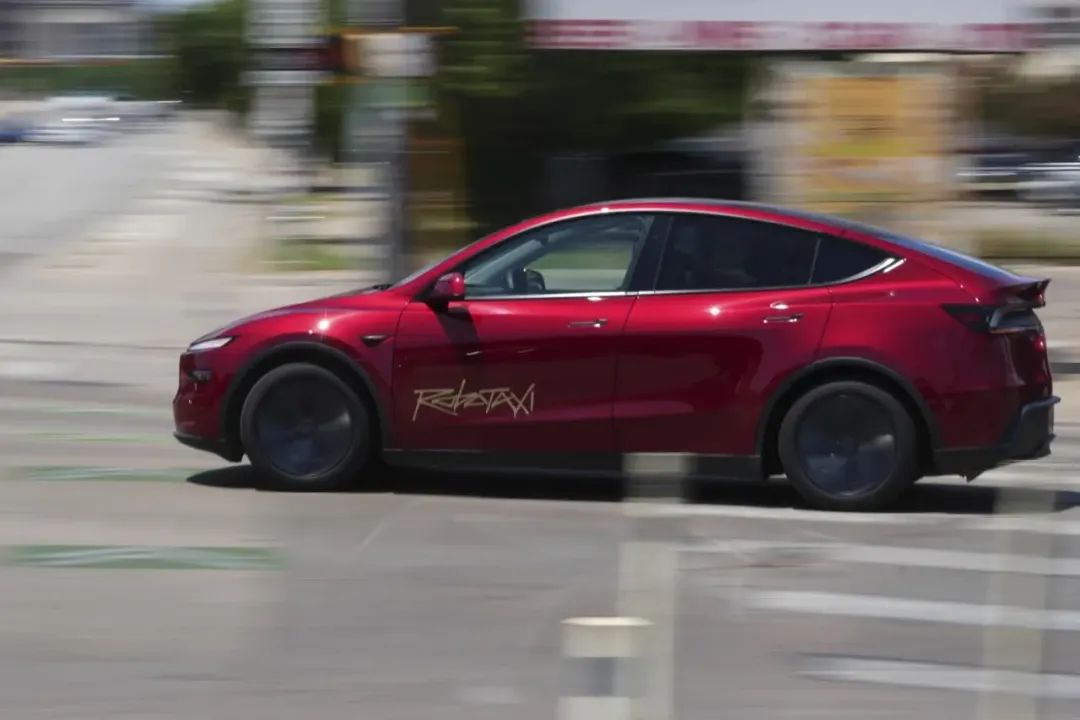
1. Technology Roadmap: Is FSD V12's "end-to-end AI" a revolutionary breakthrough or merely an "optimization" in specific scenarios? How does it perform in extreme weather conditions like heavy rain or snow, and in "long-tail scenarios" with ambiguous traffic rules? During Austin tests, vehicles were still equipped with safety officers and remote takeover capabilities. What is the toughest "last mile" challenge from L4 "conditional autonomous driving" to L5 "full autonomous driving"?
2. Business Model: How will Tesla balance its self-operated fleet with private car participation? How will it tackle the intricate issues of liability determination, insurance, maintenance, and more stemming from private car involvement? Waymo has achieved commercial operations across the United States, with annual revenue of nearly $100 million and a first-mover advantage. How will Tesla compete in cities where Waymo has already established barriers? Can "lightweight and fast" truly outperform "heavy-load and slow"?
3. Industrial Chain: What challenges will the large-scale deployment of Robotaxi pose to urban charging networks and data centers? How will the insurance industry redesign pricing and claims systems for autonomous driving? Among upstream suppliers of chips (such as NVIDIA), sensors, and cameras, who will emerge as the biggest beneficiaries and who will face disruption? These questions cannot be definitively answered by any public report. The answers reside solely with those within Tesla, Waymo, NVIDIA, and other companies personally grappling with these issues.
Navigating the Fog: The Need for an Industry's 'Insider Perspective'
At Silicon Rabbit, we firmly believe that genuine firsthand experience comes from those driving industry change themselves. Facing the immense opportunities and uncertainties posed by Robotaxi, relying solely on public information for decision-making is akin to theorizing from an armchair. Our mission is to provide you with an "insider perspective" that pierces through the fog, a potent "cheat code" for decision-making. When debating the reliability of the "pure vision" approach, we can connect you with a core engineer from Tesla responsible for FSD or hardware systems to hear firsthand about the challenges and breakthroughs encountered in real-world road tests. When assessing investment opportunities in the industrial chain, we can arrange in-depth conversations with scientists from NVIDIA responsible for autonomous driving solutions or former Waymo commercial strategy experts to gain insights into the future of computing power and commercialization pathways. We have access to over 30,000 executives, core technical experts, renowned university professors, and entrepreneurs from leading Silicon Valley companies. They not only possess deep industry experience but are also actively involved in industry changes, offering vivid and credible firsthand insights.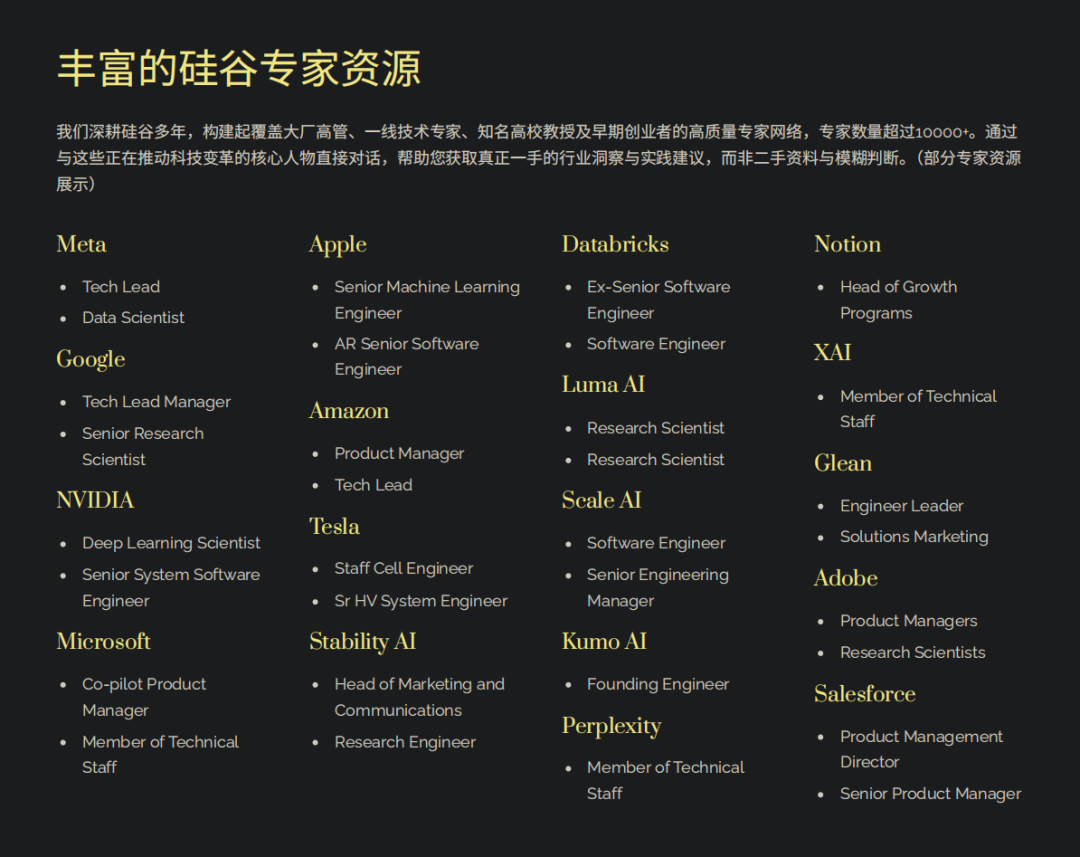
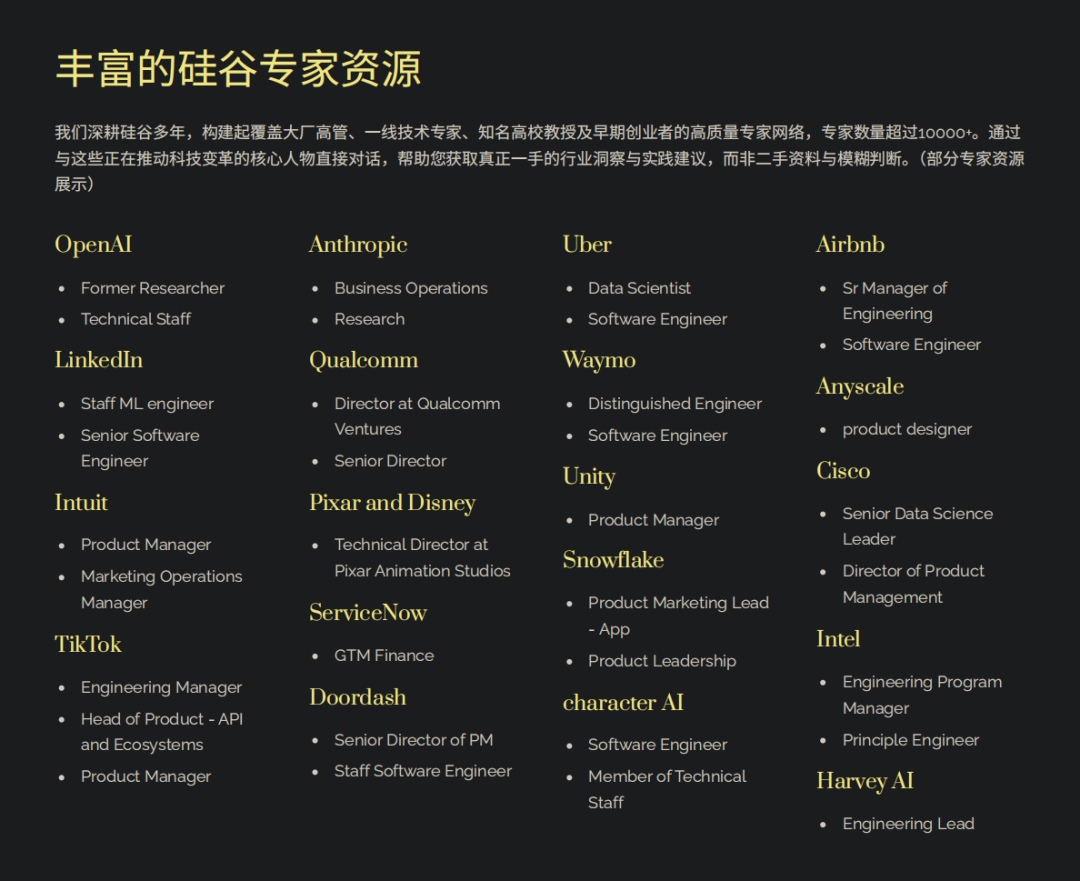
Case Review: Recently, we organized a high-end closed-door exchange for a top domestic securities firm and mutual fund. Instead of presenting a thick report, we directly invited four top experts: the technical lead of the AI flagship project at a leading global internet company and the GenAI technology director of a global social platform. During hours of in-depth discussions, our clients posed the sharpest and most specific questions about the "evolution path of multimodal AI models" and the "real challenges of GenAI in advertising recommendation systems." After the meeting, a fund manager exclaimed, "The takeaways from these few hours far surpass the research of the past few months. We now have a brand new and clearer understanding of our subsequent industry research framework and asset allocation."
Efficiency and Precision: We understand the importance of seizing time windows. Silicon Rabbit's rapid response mechanism ensures that we can complete the entire process from demand understanding to expert matching within 3-5 working days, helping your company seize opportunities first in fierce competition.
The stone thrown by Tesla's Robotaxi will create ripples in the industry that will reverberate for years or even decades. In this transformation, don't merely be a recipient of information and an observer of trends. By connecting with the world's top intellects, you can become a participant who anticipates and seizes opportunities. What are your thoughts on the future of Tesla's Robotaxi? If you also want to initiate an in-depth dialogue with top Silicon Valley experts to gain insights into the future landscape of autonomous driving, please scan the QR code below to contact us and let Silicon Rabbit be your most powerful decision-making 'cheat code'.








